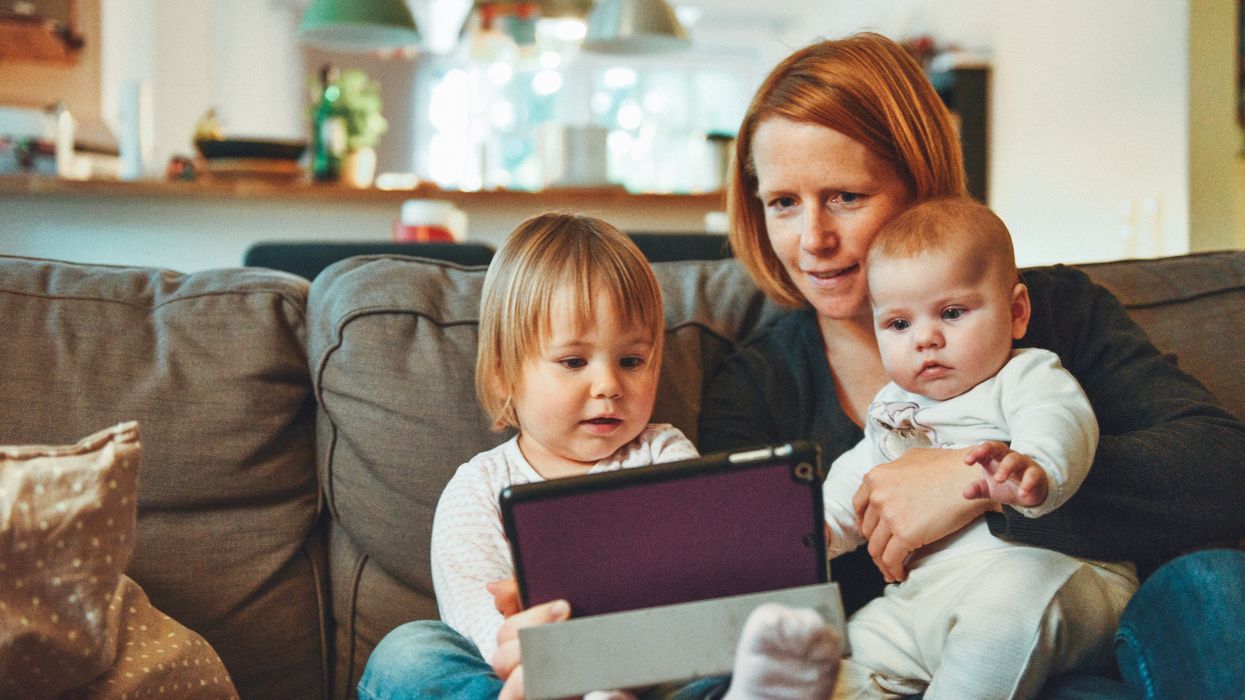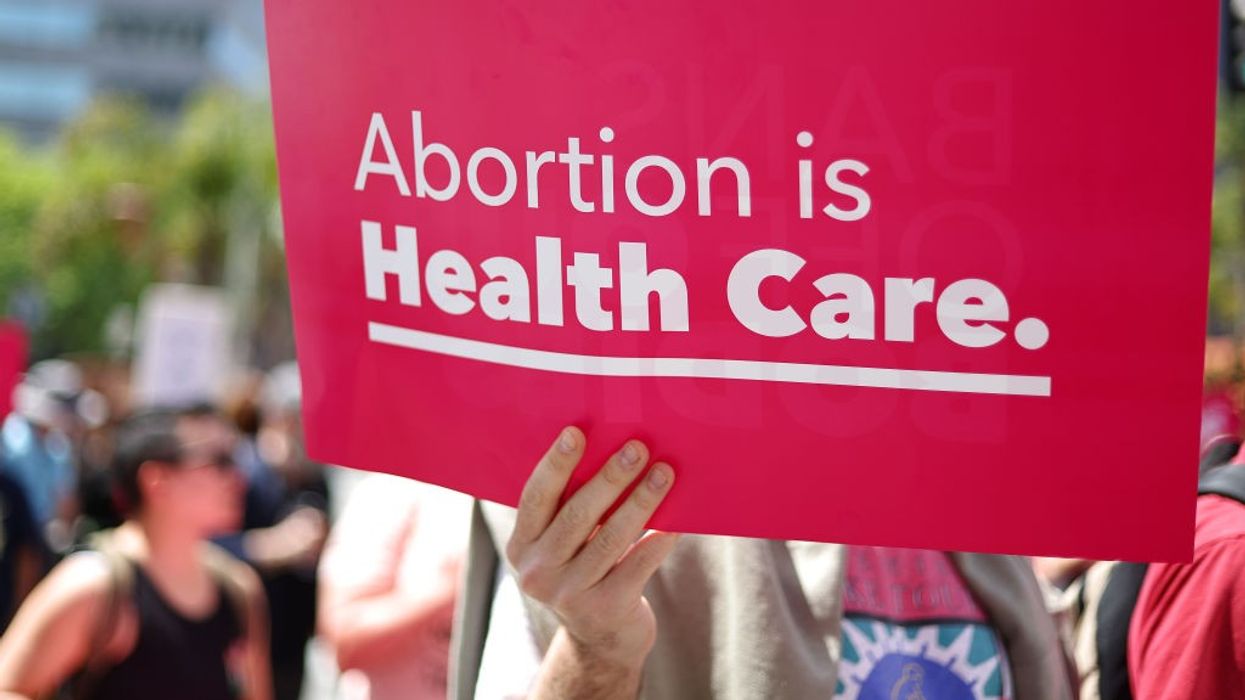This creates a
system of inequalities and further exacerbates health disparities.
While there is no law in the U.S. that regulates what a man can do with his body, the reproductive health of women is now more regulated than it has been in 50 years.
I am a nurse practitioner who studies women’s reproductive health across the lifespan.
My research found that college women are concerned about pregnancy, but they lack knowledge and skills about
navigating sexual consent and often participate in sexual activity without explicit consent, leaving them at risk for not using contraception and exposure to sexually transmitted infections.
These findings indicate that women are at risk of pregnancy at a historic time when women’s reproductive rights in the U.S. are restricted and not guaranteed.
Current State of Abortion in the U.S.
The
Dobbs v. Jackson ruling returned decisions regarding abortion to individual states. This has led to a patchwork of laws that span the entire range from complete bans and tight restrictions to full state protection for abortion.
In some states, such as Texas, Louisiana, and Mississippi,
abortion is banned beginning at six weeks gestational age, when very few women even know they are pregnant. Other states, such as Massachusetts, Vermont, New York, and Oregon, have enacted state-level protections for abortion.
The patchwork of state laws also results in a great deal of confusion. In the past year, women’s rights organizations and women’s health advocates have brought numerous
legal challenges to restrictive abortion laws. These cases have halted the implementation of some of the strictest abortion regulations until additional court rulings are finalized.
Downstream Effects for Healthcare Professionals
Abortion training is considered
essential healthcare and a core competency for physicians in obstetrics and gynecology, or OB-GYN, residency programs. Approximately 50% of OB-GYN residency programs are located in states with restricted or highly restricted access to abortion. This will logically result in not only fewer healthcare providers being trained to perform gynecologic procedures for abortion, but also other conditions such as miscarriage, fetal death, and nonviable pregnancies.
In states with changing abortion laws and legal challenges to new laws,
physicians are uncertain of what procedures can be legally done. Penalties for violating abortion laws may include arrest, loss of medical license, fines, and discipline by state boards of medicine.
As a result, physicians are
choosing to leave states with the most restrictive abortion laws, and clinics are closing, which is contributing to the current shortage of healthcare providers.
Inequalities in Healthcare Access
The unequal access to abortion procedures across the country is most directly affecting the poorest women in the U.S.
Currently, 12 states restrict abortion coverage by private insurance, and more than 30 states
prohibit public Medicaid payment for abortion. Women who qualify for Medicaid are among the poorest in the U.S. Lack of access to abortion limits education and wage earning and contributes to poverty. States with the most restrictive abortion laws also have limited access to pregnancy care and supportive programs for pregnant and parenting women.
In addition, traveling to a different state to obtain an abortion is often not possible for poor women. Lack of transportation and limited financial resources reduce or eliminate options to obtain an abortion in a different geographic location.
What’s more, states with the most abortion restrictions have some of the worst pregnancy and maternal health outcomes for women, especially women of color.
What’s more, states with the most abortion restrictions have some of the
worst pregnancy and maternal health outcomes for women, especially women of color. Pregnancy itself is associated with a risk of dying.
Maternal morbidity is the term used to describe short- or long-term
health problems that result from pregnancy. Maternal mortality refers to the death of women during pregnancy or within the first six weeks after birth.
For example, Mississippi and Louisiana have the highest rates of maternal mortality in the U.S. and also
have the most restrictive abortion laws. Black women have the highest maternal mortality of all races and ethnicities. Women in these states who are unable to terminate a pregnancy have a higher risk of dying as a result of the pregnancy than women in other states.
Additionally, research shows that a
woman’s risk of dying related to pregnancy or childbirth is about 14 times higher than the risk of death from an abortion.
In addition to the increased risks of death, there are other
physical and mental health implications associated with carrying an undesired pregnancy to term. Being denied access to abortion is associated with increased anxiety and fewer future plans for the next year. Research also shows that not being able to obtain an abortion makes women more likely to live below the federal poverty level and to lack partner support.
Conversely, research has shown that there are
few if any significant negative mental health outcomes among women who have abortions.
Unsafe Abortions
Restricting legal abortion increases the risk that women will seek out
pregnancy termination from unskilled people in unsafe settings. Or they may not seek care quickly for pregnancy complications due to fear of being accused of a crime.
In Texas, physicians are
reporting an increase in sepsis, or an overwhelming response to infection, from incomplete abortions. These physicians predict that sepsis will become the leading cause of maternal death in Texas.
“I didn’t know I was important enough to draw boundaries around what people could and couldn’t do with my body.”
Prior to 1973, when
Roe v. Wade established constitutional protection for abortion in the U.S., women often resorted to unsafe methods to induce abortion that resulted in a high death toll. Septic abortion wards—or designated areas of hospitals where women were treated for sepsis as a result of illegal abortions—were common. In 1965, 17% of all deaths related to pregnancy were attributed to illegal abortion.
Now that the constitutional right to abortion has been eliminated, more women will inevitably
die or become seriously ill due to lack of safe access to abortion services. In states with the most restrictions on abortion, whether a woman meets the criteria for an exemption to save the life of the mother may be decided by a hospital committee. This can delay necessary care and increase the risk to the mother.
Said one: “I didn’t know I was important enough to draw boundaries around what people could and couldn’t do with my body.”
Women Affected by Violence
In the U.S., more than 25% of women will
experience physical or sexual violence in their lifetime. Violence from an intimate partner is a leading reason for abortion. My research shows that women affected by violence have a higher risk of pregnancy and that college women are at increased risk of nonconsensual and forced sexual encounters.
Currently, there are 14 states with abortion bans that contain
no exception for rape or incest or require that the sexual assault be reported to law enforcement to qualify for exception.
Research has shown that women often
don’t report sexual assault due to stigma, embarrassment, or fear of not being believed. Even if women qualify for an abortion as a result of sexual violence, those who have not filed a formal police report lack “proof” that their pregnancy resulted from assault.
While the changes that have occurred since the fall of Roe one year ago are already deeply concerning, the full effect of eliminating the constitutional right to an abortion won’t be known for years. And as laws are enacted and subsequently challenged, uncertainty and confusion regarding women’s reproductive healthcare will undoubtedly continue for years to come.


